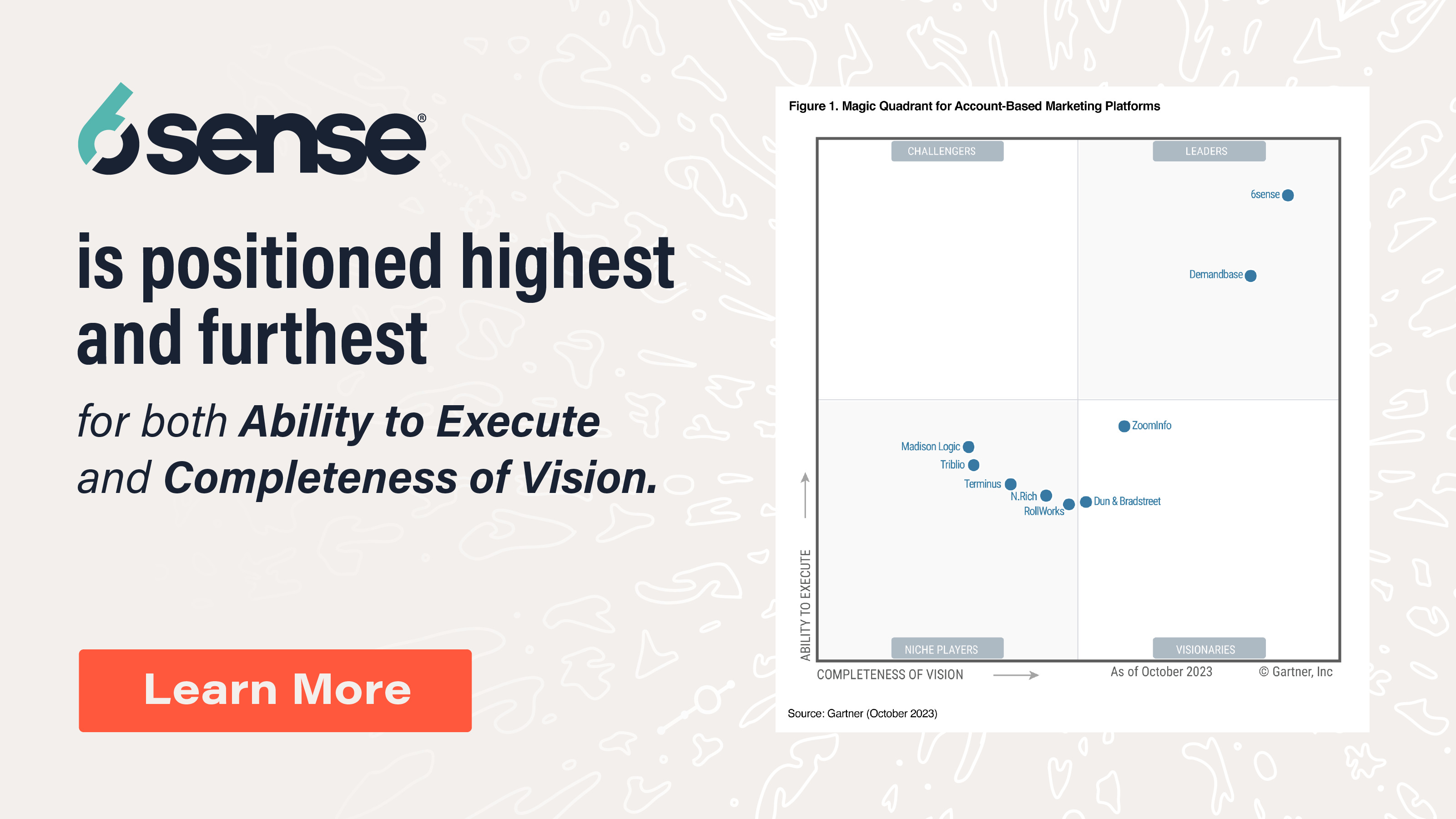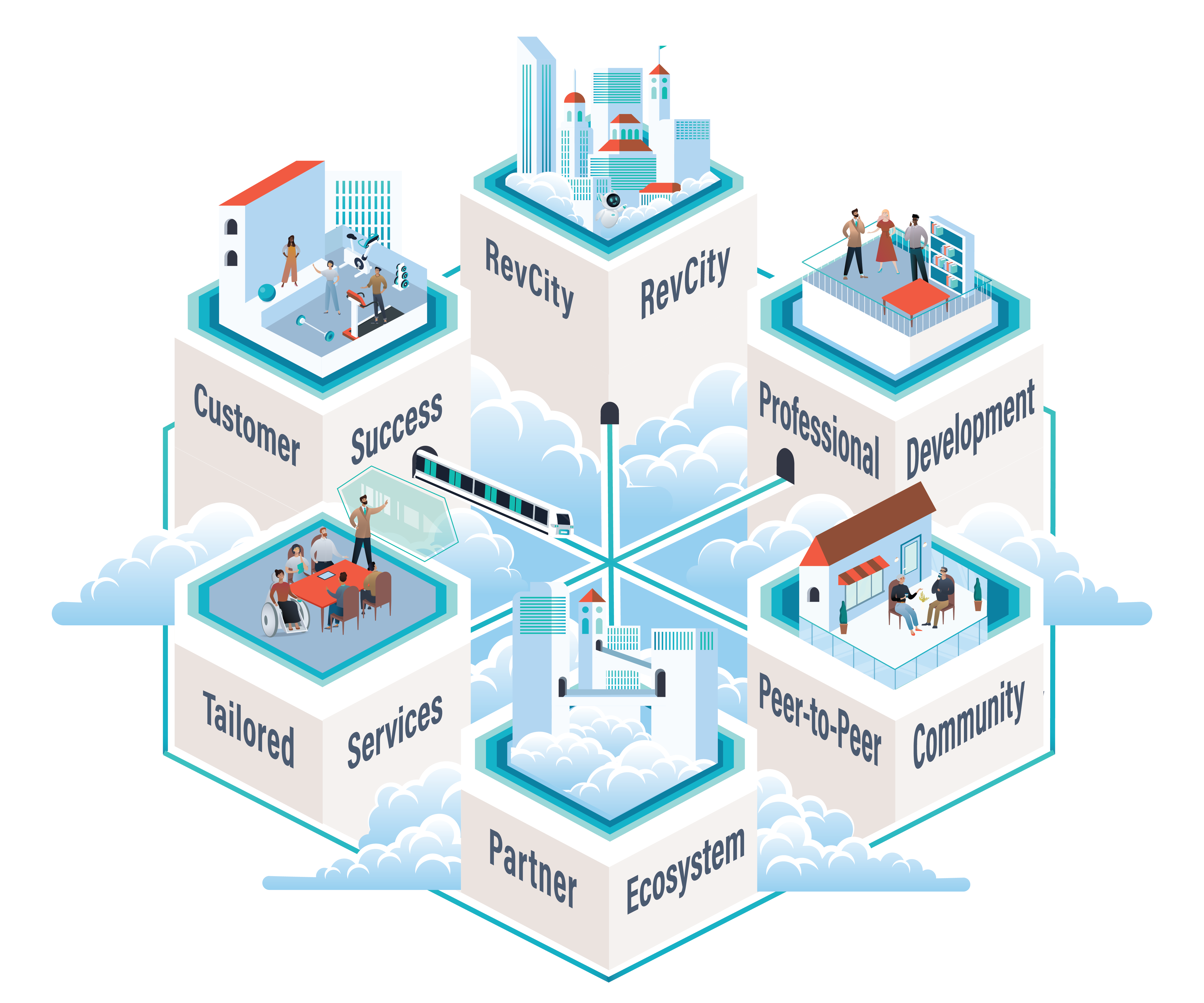Firmographic data can be a powerful tool for understanding and engaging with your target customer profile (or ICP). This data can give you insights into the industries, locations, and sizes of your ideal customer, and can help you tailor your marketing and sales efforts for maximum success.
Let’s look at five firmographic data examples that demonstrate how to better understand and reach your ICP.
Industry
Your product or service may cater to a specific industry, or may have a range of applications in multiple industries.
In the first example, let’s say you’re trying to market a restaurant management system. Firmographic data can provide you with key insights into the decision makers in the restaurant industry, and can help you identify potential new customers. You can use the data to create customer profiles and tailor your platform and pitch to the specific needs of the industry.
In the second example, you may be selling a POS system that also serves, but isn’t confined to, businesses in the restaurant industry. Firmographics can help you create an interface that appeals to all the necessary industries, helping you maximize your conversions.
Location
The location of your target customer can be a major factor in your sales and marketing efforts. Firmographics can provide you with data about population density, language, culture, and other variables that can affect your product or service’s demand.
Take Upwork, a platform for businesses to hire freelancers. They spent a sizable amount of their advertising budget on hoardings and digital billboard ads around business districts in New York City. This makes perfect sense, as the city is a major business hub and a prime location for a freelancing platform to find potential customers.
Similarly, Seamless, a food delivery service based in New York, used their ads to tap into the city’s culture, making the platform more relatable and appealing to customers.
Size
Business size can also make a difference in the demand for your product or service. Firmographic data can help you identify the size of businesses that’d best suit your sales efforts.
For example, sponsored content promoting accounting software for large businesses might use firmographics to identify the size of businesses likely to benefit from the software.
Collecting Firmographic Data
There are many ways to collect firmographic data. You can search for it manually, but this is generally time-consuming and can lead to inaccurate results.
Fortunately, there are now automated tools that can crawl the web and quickly collect data about industries, locations, size, and more. Sales intelligence tools like 6sense can make the work of collecting data and applying insights easy and customizable.
Conclusion
Firmographic data can be a powerful tool for understanding your target customer profile, and for creating customer profiles and segmentation. By understanding the industries, locations, and sizes of your ideal customers, you can tailor your sales and marketing efforts to maximize success. With the help of automated tools, collecting firmographic data can be a quick and easy process.






